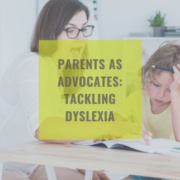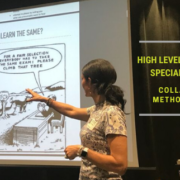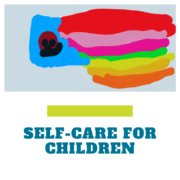Guiding Kids Through Global Uncertainty
The news can be particularly unsettling in these turbulent times, marked by myriad global conflicts that resonate within our communities. Even for adults, the daily news and breaking headlines have the power to shake our emotions and sense of security. But what about our children? How do we help them understand and process the complex events dominating the news cycle? It may seem like a challenging task, but as parents, there are strategies we can employ to guide our families through these tumultuous times.
For children aged six and under, negative news stories typically offer little value for their young, impressionable minds. Unless the news is an inspiring story of someone triumphing over adversity, it’s generally best to shield these youngsters from the news.
However, if your child stumbles upon the news while you’re not around, perhaps at school or a friend’s house, it’s essential to be open to their questions. Avoid dismissing their concerns or brushing off their worries.
If your child has already heard distressing news, redirect the conversation towards a more positive path by reassuring them that your family is safe. But if the news hits close to home, discuss safety measures and how to stay secure in various emergency situations such as severe weather, fire, or getting separated in a public place.
For younger children, wrap up the conversation by transitioning to a joyful, light-hearted topic. You could read a funny book together or enjoy your favorite family show. The key is to move the discussion away from potential negative thoughts and replace them with more pleasant ones.
As children age, they become exposed to various information, including current events and political topics. While you can’t shield them from everything, you should be mindful of their maturity and sensitivity when allowing them to engage with certain news topics. Pay special attention to filtering information about their age group, as issues like school violence or teen suicide can be particularly distressing for older elementary schoolers.
Consider implementing filters and restrictions on specific channels or websites and explain why certain content may be inappropriate to your children. Stress that it’s not about distrust or punishment but a way to protect them emotionally. Respect their questions and curiosity, and always highlight the positive news happening in the world around them.
Your own opinions play a significant role in shaping your child’s beliefs. Children trust and adopt their parents’ perspectives, so it’s crucial to be mindful of the messages you convey both at home and outside.
Avoid making sweeping generalizations that lump groups of people together, create divisions, or cast others in a negative light. Phrases like “they always…” or “we would never…” can slowly shape your child’s beliefs about entire groups.
By meeting your children where they are, emotionally and developmentally, and maintaining open lines of communication, you can help them navigate the news they encounter and make sense of the world around them. Empower your kids with the knowledge and emotional intelligence to thrive in today’s complex information landscape.












